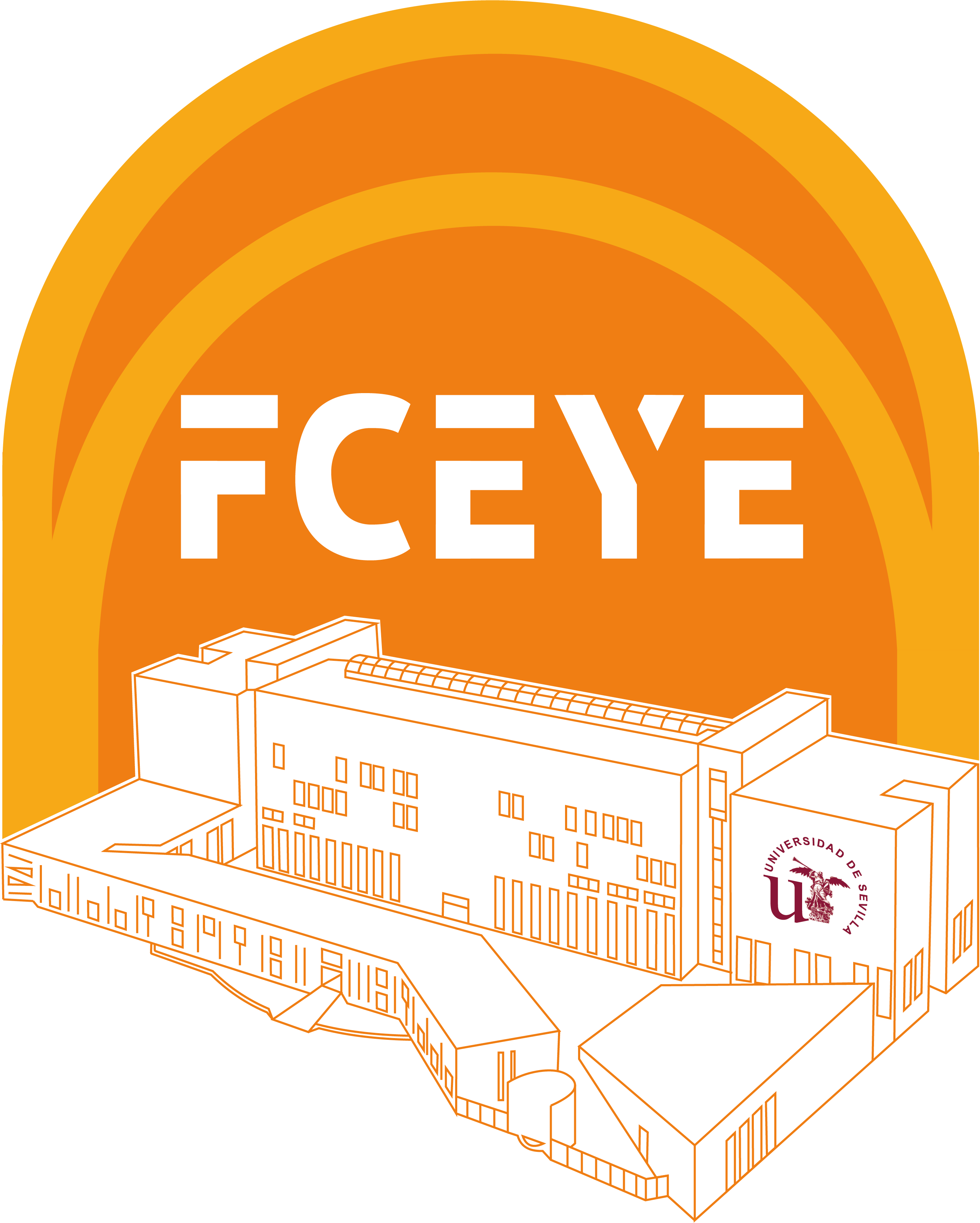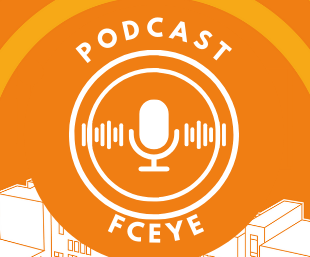Understanding national brand customer erosion: exploring socio-demographic and weight of purchasefactors
Jose Miguel Holgado-Herrero, Francisco Javier Rondan-Cataluña, Carmen Barroso-Castro and Jose Luís Galan-Gonzalez. Departamento de Administracion de Empresas y Marketing, Universidad de Sevilla, Sevilla, España
Palabras clave: Customer erosion, Repeat-purchase, Socio-demographics, Weight of purchase, Fast moving consumer goods
Customer erosion is common in stationary markets, where market shares of brands tend to be relatively constant in the short and medium term. It is defined as the decrease in repeat purchase rates over time by comparing the number of buyers in a specific period with an initial base period. Repeat purchases are fundamental to sales success, as customers tend to buy again if they are satisfied with the products purchased.
If companies manage to reduce customer erosion, they will need fewer new buyers to maintain their market share, which may, in turn, result in a decrease in operating costs. To effectively reduce customer erosion, it is essential to identify the factors that influence it. The decline in repeat-purchase rates can be attributed to factors related to product categories or brand characteristics, as well as marketing mix factors such as promotions, pricing, or product innovations. However, other factors of interest remain under-analyzed. In this research, we argue that, given the role of purchaser behavior in customer erosion, analyzing the socio-demographic characteristics of buyers constitutes a significant research question. This study investigates how socio-demographic factors and the concentration of purchases impact customer erosion, both at the brand level and at the aggregate level.
The methodology of the study is based on data from a leading consumer panel in Spain, which includes more than 12,000 households. From this panel, 3,563 buyers of milk chocolate bars were selected, who made 20,601 purchases between 2017 and 2019. The three most dominant milk chocolate brands in the market were chosen, representing 87% of the market share of national brands in 2019. A behavioral methodological approach was adopted, allowing for the analysis of purchasing dynamics and consumer behavior trends over time.
The results confirm that customers' repeat purchase rates decline over time, and the presence of this phenomenon can be explained by a set of different factors that have been scarcely analyzed in previous literature. In this sense, our research shows that both socio-demographic factors characterizing customers and the weight of purchases influence customer erosion. Specifically, we have found a trend of lower erosion as buyers age and progress through different stages of the life cycle, as well as for those consumers who make more purchases (heavy buyers). This suggests that age may play a relevant role in customer erosion for the analyzed category, as it is related to the life cycle, particularly with heavy users. Family size and social class also have an impact on customer erosion. At the brand level, there are varying degrees of customer erosion across different segments analyzed for each variable, but typically, it is the leading brand that experiences lower erosion. This finding does not imply that brand loyalty is declining at an aggregate level; these brands exhibit stable aggregate-level metrics, while erosion occurs beneath the surface.
Overall, the findings of this investigation build on existing research in consumer buying behavior by identifying additional factors influencing customer erosion that have not been previously analyzed, thus paving the way for new avenues of inquiry. By incorporating socio-demographic variables into the analysis, the study enhances the literature on customer erosion and provides a more nuanced theoretical framework that clarifies its complexities. This suggests that brands must continuously adapt to the evolving needs of their consumers. Additionally, the article emphasizes the importance of considering the concentration of purchases in this context.
In summary, the article provides a comprehensive overview of customer erosion in manufacturer brands, highlighting the importance of understanding the factors that influence customer retention and suggesting strategies to mitigate customer loss and foster long-term loyalty. The conclusions emphasize that customer erosion is not a static phenomenon; purchasing propensities evolve over time, requiring brands to adapt and respond to the specific characteristics of their consumers.
This study is relevant not only for academics and researchers but also for marketing professionals and brand managers seeking to improve customer retention and optimize their business strategies. Understanding customer erosion and the factors that influence it is essential for the sustainable success of brands in a competitive market.
Artículo completo: https://www.emerald.com/insight/content/doi/10.1108/jpbm-07-2023-4600/full/html


















